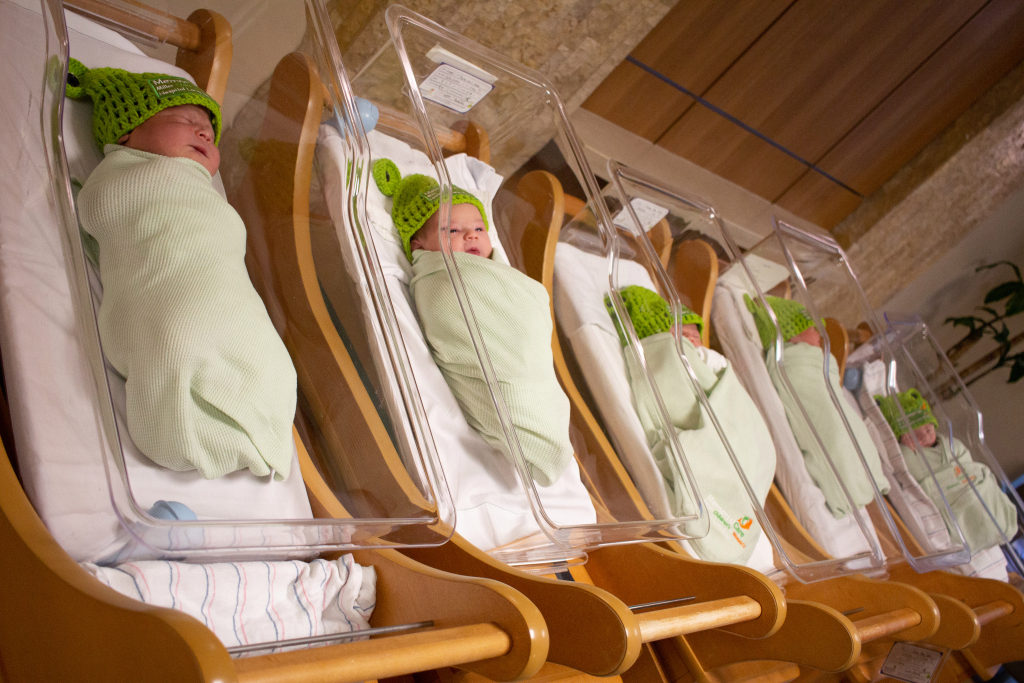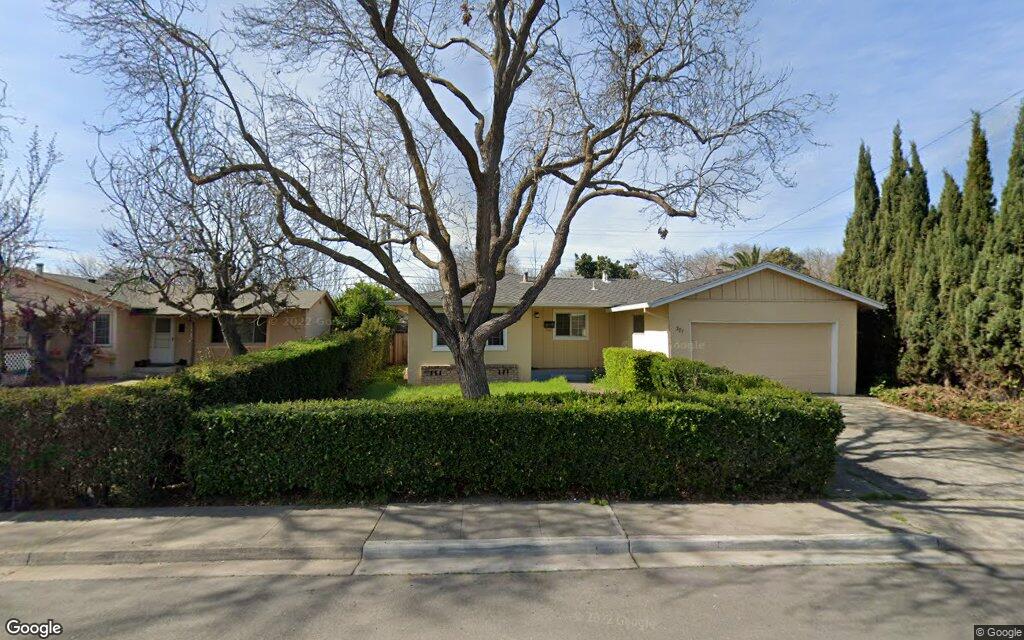
Valentine’s Day means it’s time for the “the talk” involving California’s young adults.
No, not the birds and the bees. This is business news, so instead, we’ll discuss the demographic implications of folks in their prime child-bearing years producing fewer freshly minted Californians.
My trusty spreadsheet, filled with state Department of Finance population data, found 436,682 California births in the year ended July 1 — down 14,544 in 12 months. It’s the fifth consecutive decline and the 10th drop in 12 years. Last year’s births were 8% below the 2015-19 average of 477,000.
The economy’s pandemic plunge wasn’t a factor in these numbers. Remember, it typically takes nine months to produce a new family member, and the pandemic became a life-changing event in the spring of 2020.
A declining birthrate is a complex issue with a heavy dose of economic factors. You don’t need a spreadsheet to understand that financially stressed families can’t afford another mouth to feed. There are long-term considerations, too.
Many couples who once were considering children have delayed growing a family or aren’t interested at all. Some women have careers they don’t want to sacrifice, and professional childcare can be extremely expensive.
Demographics are also a key factor. An aging state population and fewer young adults moving to California mean the state isn’t replenishing its potential baby-makers.
No matter why fewer babies are made, the shortfall means broad economic challenges — and not just for folks in childcare industries.
For example, a shortage of wee ones muddles an otherwise favorable demographic trend for many businesses — a growing flock of young workers.
Fewer children also put a new spin on big policy debates. How many homes does California really need? What will become of school facilities? Where should healthcare facilities be built? Do we need all these sports parks?
The birth slowdown is one of the key reasons California’s population growth is rapidly shrinking.
Now, you can argue whether population growth is good for society or ecology. But financially speaking, more people bring financial windfalls to most business owners.
California added only 21,224 more residents in the year ended July 1, the smallest percentage gain in state records dating to 1900. This weak growth was a 90% drop from the average 211,000 new Californians of the previous five years.
Not just California
The nation isn’t procreating like it once did.
My spreadsheet, looking at national trends from the Center for Disease Control, found the number of newborns rose in just one state between 2014 and 2019 (the latest figures available): Florida. The Sunshine State’s births increased by a mere 0.005%. Nationwide, total births fell 6%.
California births dropped 11% during these five years, by CDC math. It was the nation’s sixth-largest drop behind No. 1 Wyoming, down 15%, then Alaska, down 14%, Vermont, down 13%, and New Mexico and Illinois, down 12%.”
Having a baby also looks unpopular when you ponder the CDC’s “fertility rate” — the rate of births compared with the number of girls and women aged 15 to 44. This yardstick fell in every state in the 2014-19 period and was down 7% nationwide.
California’s fertility rate dipped 11%, the 13th largest decline among the states. Utah suffered the biggest drop of 17%. Next was Montana and Arizona, down 15%; Oregon down 14%; and Wyoming, down 12%.
Boom ahead?
All this quarantining leads to much speculation about a post-pandemic baby boom.
What else might couples be doing while spending all this lockdown time together? My guess is they’ll do anything but create more hassles … I mean, babies.
Let’s face it. Working at home or schooling children remotely doesn’t spark many amorous flames. And you can imagine that financial anxiety created by the pandemic’s recession has dulled lustful intentions.
History tells us California births took their biggest tumbles this century in 2008 and 2009 — declines averaging 25,000 a year. That’s when the Great Recession was inflicting massive economic pain. Declines in U.S. births peaked in 2009-10, losses averaging 124,000 a year. In 2019, baby-making dipped by 44,172.
Never fear, St. Valentine. Romance isn’t dead yet. Folks just need a little time to get in the mood after a bout of economic dysfunction.
My spreadsheet says California’s biggest increase in births, post-Great Recession, came in 2012. Nationally, it was 2014.
So bet on a high-flying Valentine’s Day and post-pandemic baby boom to come — in a few years.










